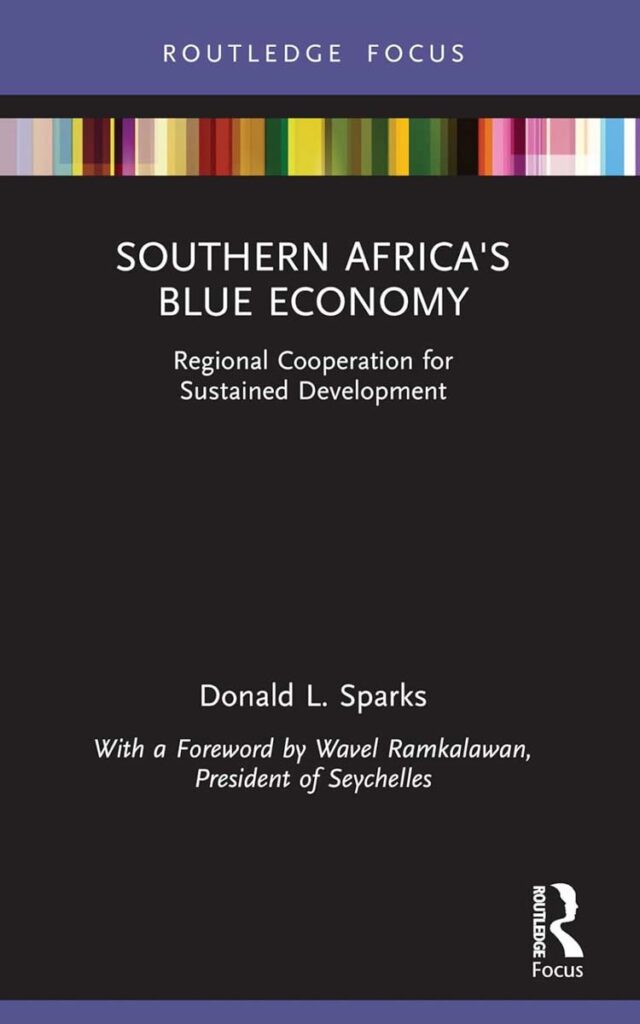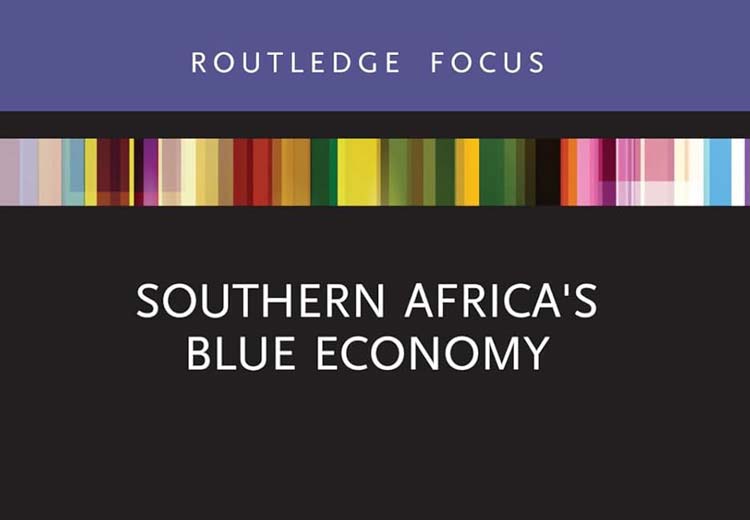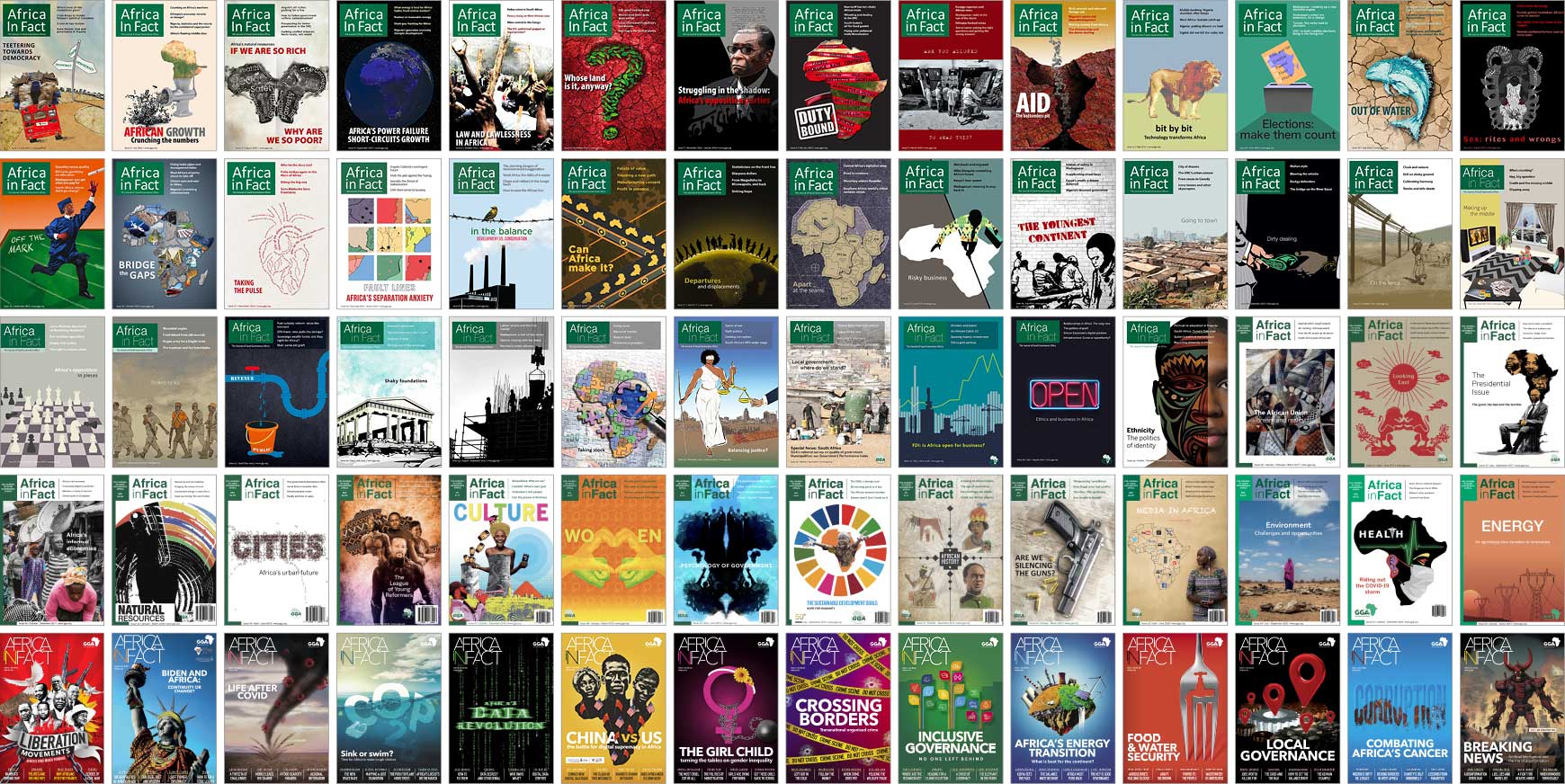By Donald L Sparks, Published by Routledge Focus

In Southern Africa’s Blue Economy, Donald L. Sparks provides a concise study of the constraints and opportunities that the blue economy offers for southern Africa and the role that the South African Development Community (SADC) could play in promoting the sustainable use of its oceans and coastal resources.
A key problem is that the world’s coastal and marine areas have been treated as limitless resources and dumping grounds. This has led to degraded coastal habitats, marine pollution, climate change, and overfishing. Additional challenges include rising ocean temperatures and acidification, which threaten fish stocks and the livelihoods that depend on them.
Likewise, more than half of all key marine biodiversity areas are unprotected; ocean dead zones (areas that lack enough oxygen to support marine life) are rising at an alarming rate, from 400 in 2008 to 700 in 2019; and less than 2% of national research budgets are allocated for marine science. Similarly, of the 17 UN Sustainable Development Goals (SDGs), goal number 14 (life below water) is the least funded, as less than 1% of official development assistance goes towards SDG 14.
Regarding opportunities, 10 coastal states in southern Africa have an average of 7.5 million km² of exclusive economic zones (EEZs). Each coastal state can claim an EEZ beyond and adjacent to its territorial sea that extends seaward up to 200 miles from its baseline. The United Nations Convention on the Law of the Sea (UNCLOS), adopted in 1982, recognises EEZs, and under provisions governed by the convention, member states have jurisdictional rights.
Major economic activities in the 200-mile EEZ include coastal and marine fisheries (artisanal and commercial), aquaculture, offshore oil and gas exploration, offshore and deep-sea mineral extraction, marine protection and services, shipbuilding and repair, and energy.
Sparks acknowledges that while SADC nations have access to international policies and strategies like UNCLOS and 2050 Africa’s Integrated Maritime Strategy (2050 AIMS), only a small number of countries have exploited resources in their EEZ or communal heritage areas or have taken the necessary steps to domesticate legislative frameworks into their national policies.
Additionally, despite having access to planning tools like marine spatial planning (MSP) and ecosystem-based management (EBM), few countries use the tools to inform their policymaking and advance their blue initiatives.
That said, island countries such as Mauritius and Seychelles have significantly extended their maritime boundaries based on the provisions of UNCLOS, while others, such as South Africa (Operation Phakisa), have ambitious blue economy programmes.
To tackle the challenges, Sparks provides country-specific solutions based on each nation’s blue resources, maritime expertise, and assets. For example, his analysis of South Africa shows that the country is not only the region’s leader in renewable energy but has the most efficient and developed ports in SADC.
Given that the region has 20 ports, South Africa plays a key role in coordinating and consolidating port expansion. Sparks advises that such development should include potential public-private partnerships and that SADC should work closely with associations such as the Port Management Association of Eastern and Southern Africa, an international organisation that promotes institutional reform of marine transport in the region. Moreover, as the first African country to adopt MSP legislation in 2017, South Africa could share its expertise.
Another nation that has made exemplary strides is the Seychelles, a world leader in blue bond financing for development and marine protection. It is also the first African country to adopt the SmartFish Project, sponsored by the Indian Ocean Tuna Commission (IOTC) and the European Union. The project focuses on reinforcing the country’s ability to enforce the IOTC resolution to prevent illegal, unreported, and unregulated (IUU) fishing in regional trade.
Mauritius’s strength lies in green tourism and recreational marine fisheries, having grown in sustainable tourism in the past 10 years. Nonetheless, the degradation of coral reefs due to dynamite fishing and global warming is one of the most significant issues affecting the island. As a result, Mauritius is a joint beneficiary, with the Seychelles, of a UNDP $10 million grant to restore their reef ecosystems. The six-year project is crucial for the country’s expanding tourism sectors, which employ approximately half of the population, provide more than 30% of their GDP, and ensure food security for fishermen. If successful, the project could be a model for other states.
Mozambique’s expertise is in artisanal fisheries. It has 1,500 miles of coastline, and half of its population in the coastal zone are artisanal fishermen who catch 85% of the country’s fish. Despite being a significant source of employment, the income generated through artisanal fishing remains relatively low. To curb the negative effects of overfishing and destructive fishing techniques affecting the ecosystem, the government has embarked on an innovative project, Fish Forever, that could serve as a model for the other SADC coastal communities.
Sparks reiterates that country-specific agendas cannot be achieved without cooperation through regional economic communities (RECs) and initiatives that coordinate and harmonise maritime policies and strategies. He writes that the most significant of the initiatives is the 2050 AIMS, which focuses on developing a sustainable blue economy – a marine version of the green economy. This initiative will address biodiversity loss and improve the well-being of citizens by reducing marine environmental threats, such as illegal fishing, transnational maritime crime, piracy, waste dumping, weak legal frameworks, inadequate navigation, and hydrographic surveys.
Another important initiative from the AU featured in the book is Agenda 2063, which sets the strategic goal of economic transformation, including specific goals for the blue ocean economy as goal numbers six (marine resources and energy) and seven (port operations and marine transportation).
In addition to continental-wide efforts, Sparks identifies regional initiatives currently underway from SADC, namely, the Indian Ocean Commission (IOC) and the Indian Ocean Rim Association (IORA).
Evidently, he shows that much of the groundwork has been done in terms of initiatives, both regionally and internationally. For instance, AU initiatives date as far back as 2014, namely, the 2014 Policy Framework and Reform Strategy for Fisheries and Aquaculture in Africa – to help governments develop appropriate fisheries and aquaculture policies, and the 2016 African Charter on Maritime Security and Safety and Development in Africa (the Lome Charter) – aimed at preventing national and transnational crime such as piracy and all forms of illegal trafficking.
Likewise, in 2017, the World Bank identified 10 pathways that countries could take for future action. The pathways (outlined in the book) include developing coastal and marine spatial plans to guide better decision-making and adopting new investment techniques such as blue bonds and debt-for-adaptation swaps.
It therefore follows that global and regional initiatives will guide policy setting, both at SADC and country levels. However, to succeed, each nation must chart an appropriate course in line with its developmental ambitions while executing plans in a regionally coordinated manner.
Given the high stakes, Sparks insists on the need for expanding southern Africa’s blue economy policies and goals, stating that just as sustainable development green initiatives show promise, so too could blue economy projects and activities.

Sarah Nyengerai is an academic and freelance writer based in Zimbabwe with a strong passion for social, cultural, economic and political issues that affect women. She believes literary works form the foundation for the dialogue required to sustain momentums of change and aims to bring attention to such matters. A member of NAFSA (Association for International Educators) and Forum for African Women Educationalists (FAWE), Sarah is actively involved in the advancement of education for women.



